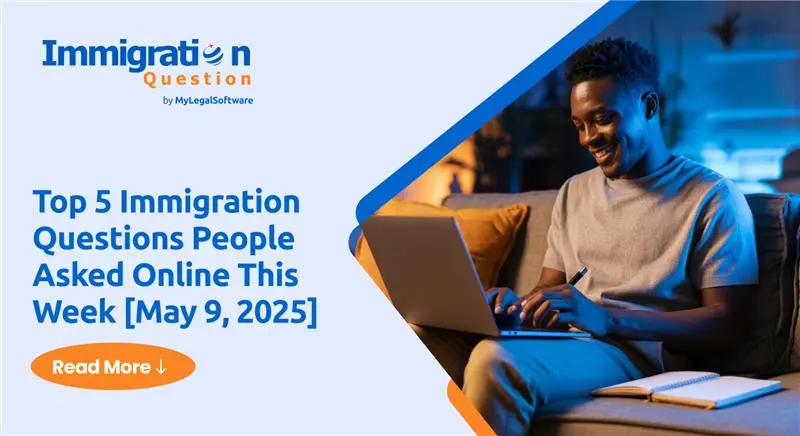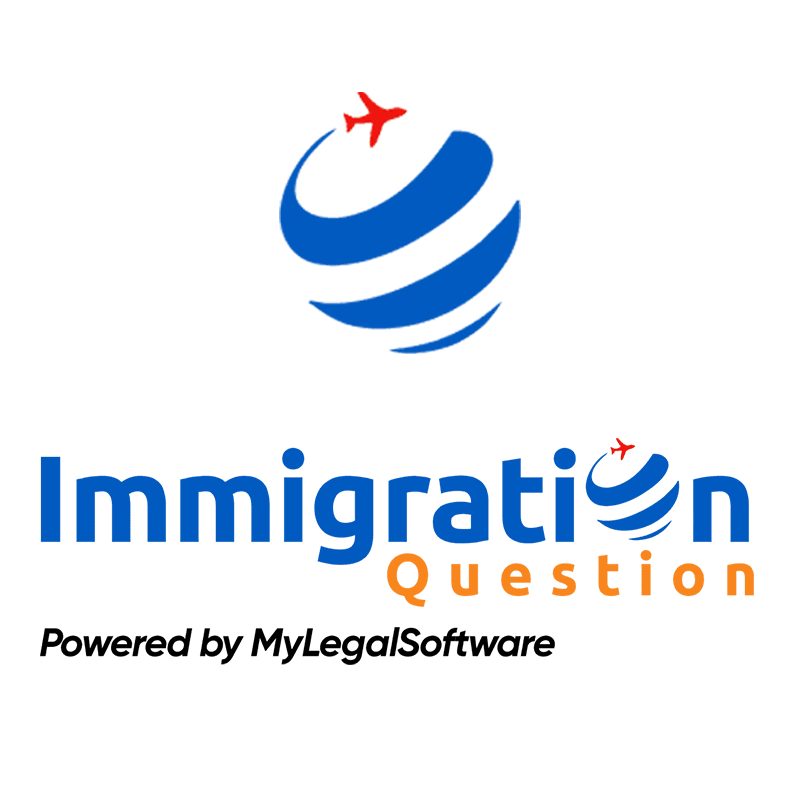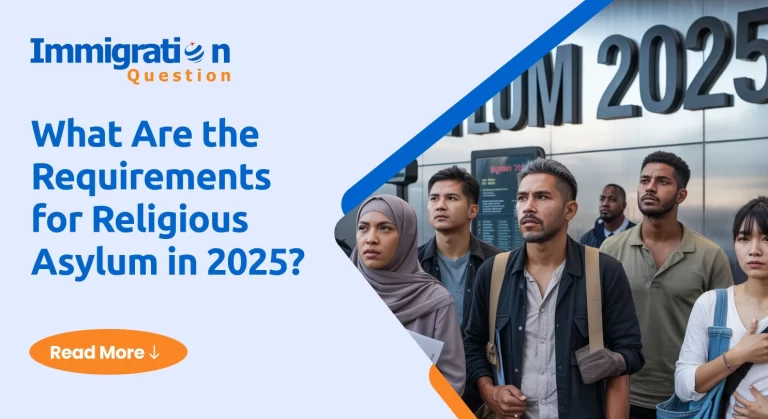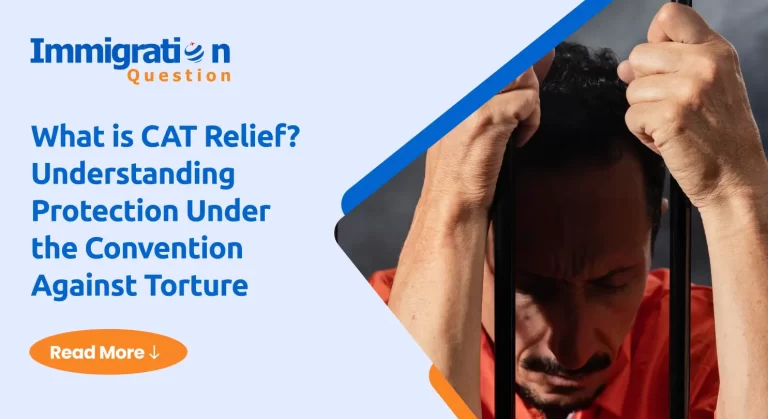Behind every immigration question is a real person trying to build a future—whether it’s a couple preparing for a fiancé visa interview, a student adjusting to permanent residency, or a child worried about a parent facing deportation.
In moments like these, clear legal answers matter. But with so much conflicting information online, it can be hard to know what’s accurate—and what could put your case at risk.
That’s why each week, we highlight five of the most-asked immigration question online. We review trending discussions, common legal concerns, and real scenarios from immigration forums and help break down what the law actually says.
Let’s get into the top 5 questions for this week—and what you need to know.
#1. How much time do I have to schedule my K-1 visa interview after receiving the packet from NVC?
Once you receive the physical package from the National Visa Center (NVC) with instructions for your K-1 visa, the timeline for scheduling your medical exam and interview depends on your assigned U.S. embassy or consulate.
Most consulates recommend completing the required steps—including gathering documents, scheduling the medical exam, and setting the interview—within 4 to 6 weeks of receiving the instructions.
There isn’t a universal “deadline” to schedule the interview, but delays can lead to your case being closed. Generally, if there’s no action within a year of receiving the initial notice, the case may be terminated. However, you can request extensions or reschedule if you have valid reasons and communicate promptly with the consulate.
Make sure to follow the specific instructions provided in your packet, as timelines and requirements can vary by location.
#2. Can a 17-year-old U.S. citizen prevent their undocumented mother from being deported?
While a 17-year-old U.S. citizen cannot directly sponsor their parent for a green card (that’s only possible at age 21), there may be legal pathways to help prevent deportation. In situations involving abuse or hardship, your mother may be eligible for forms of immigration relief such as:
- VAWA (Violence Against Women Act): If she experienced abuse by a U.S. citizen spouse, she may qualify for self-petition under VAWA.
- U visa: If she is a victim of certain crimes (including domestic violence) and is willing to assist law enforcement, she may be eligible for a U visa.
- Cancellation of Removal: If she is in removal proceedings and meets criteria such as 10 years of physical presence, good moral character, and hardship to a U.S. citizen child, she may qualify for cancellation.
Your support as a U.S. citizen child, especially evidence of emotional or financial dependency, can be critical in hardship-based applications. It’s essential to consult an immigration attorney to explore the best legal strategy and potentially involve family law or victim advocacy services as well.
#3. My wife had a J-1 visa and is now on F-1. Do we need Form I-612 for the I-485?
It depends on whether your wife was subject to the two-year home residency requirement (INA 212(e)) during her time in J-1 status. This rule requires some J-1 visa holders to return to their home country for two years before applying for a green card or other visas—unless they obtain a waiver.
If her J-1 visa was subject to 212(e) and she has not fulfilled the requirement or obtained a waiver, then yes, she must file Form I-612, the waiver application, before adjusting status with Form I-485.
However, not all J-1 visa holders are subject to this rule. You should check:
- The DS-2019 form (section on 212(e) applicability),
- The J-1 visa stamp in her passport,
- Or consult an attorney to evaluate her specific situation.
If she was not subject to the two-year rule or had already completed the requirement, you don’t need Form I-612.
#4. Will my USCIS interview cover both Form I-130 and I-485 or just one?
In most family-based immigration cases filed together (concurrent filing), the USCIS interview typically covers both Form I-130 (Petition for Alien Relative) and Form I-485 (Application to Adjust Status) at the same time.
The interviewing officer will:
- Verify your relationship (I-130)
- Assess your eligibility for permanent residence (I-485)
- Review your immigration history and background
- And determine whether the marriage (if applicable) is bona fide
It’s fine to ask the officer at the beginning of the interview what will be covered. Approvals can be granted on the spot—especially if documentation is complete and there are no complications.
Be prepared to answer questions about your relationship, joint documents, and prior immigration statuses, particularly if you’re adjusting from an F-1 visa or similar.
#5. My I-130 was approved, but my I-485 is still pending. What should I expect next?
If you filed the I-130 and I-485 together (concurrent filing), the I-130 approval is just one step. USCIS will continue processing the I-485, and the interview is typically scheduled within a few months—though delays are common.
You should continue monitoring your case status. If the message says, “Case is ready to be scheduled for an interview,” it means your case is waiting for an available slot at the local USCIS office.
If it’s been several months with no update, you can submit a case inquiry or speak to an attorney. For preference category cases, check the Visa Bulletin to ensure your priority date is current before the I-485 moves forward.
Final Thoughts
Immigration cases are often more complicated than they appear at first glance. Deadlines, prior visa statuses, and family dynamics can all impact eligibility and timing. If you’re dealing with a situation like the ones above—or something even more complex—it’s wise to talk to an immigration attorney.
Need trustworthy help? Visit Immigration Question to ask your question for free and connect with licensed immigration attorneys who can help you understand your rights and options. Don’t leave your future to chance—get legal answers you can count on.






